
Brazil handline yellowfin tuna

Location & History
According to research by the esteemed Prof. Fábio Hazin in 2018, the history of tuna fisheries in Brazil dates back to 1956 and merges with the very beginning of tuna fishing on an industrial scale in the Atlantic Ocean.
The management of tuna fishing in Brazil is quite robust and has rules and administrative procedures that range from the licensing of fishermen, vessels, and fishing permissions to monitoring and control tools such as; logbooks, production maps, export certificates, and the National Fishing Vessel Tracking Program by Satellite – PREPS (VMS).
Around 2011, local fishing families were facing a stock decline of their traditional catch, the spiny lobster, and the fishing families needed to start fishing for another species. They noticed that large schools of tuna were forming around the buoys monitoring the climate for a research project called the Prediction and Research Moored Array in the Tropical Atlantic (PIRATA), located just off the northeastern coast of Brazil and thus turned to targeting yellowfin tuna.
How is the Tuna Caught?
The Brazil tuna fishery uses PIRATA buoys to find aggregated tuna schools, from where they are able to attract tuna over to their fishing boats. This fishing method is now referred to as “shadow fishing”. The fishers from the Brazil fishery primarily use traditional handline techniques, where one hook at the end of a fishing line is placed into the water to catch one fish at a time. The fishery is very selective, catching mostly yellowfin tuna, some bigeye tuna, and a bit of skipjack tuna. The use of a single hook and line per fisher means that there is virtually no bycatch of vulnerable species, and because fishing takes place at the surface of the ocean, it does not impact sensitive marine habitats.
Unique Features
About 42% of all Brazilian catches of tunas and tuna-like fish came from artisanal and small-scale boats (10-20 metres length overall), based predominantly in the southeast and northeast region and targeting mainly yellowfin, bigeye, and skipjack tuna. According to the 2018 International Commission for the Conservation of Atlantic Tunas (ICCAT) report, the fishery consists of 227 vessels and catches 63% yellowfin, 25% bigeye and 4% skipjack.
In 2020, the Brazilian fleet fishing for tunas and tuna-like fish consisted of 332 fishing boats, including about 263 artisanal and small-scale. Most of the catches were done by handline fishery (17,964 t), in associated schools (213 vessels), targeting tropical tunas, mainly yellowfin tuna (11,038t).
Considering the size of the associated schools fleet and the average of 7 fishermen crew per vessel, we can estimate that approximately this fishery employs around 1491 fishers.
Gallery
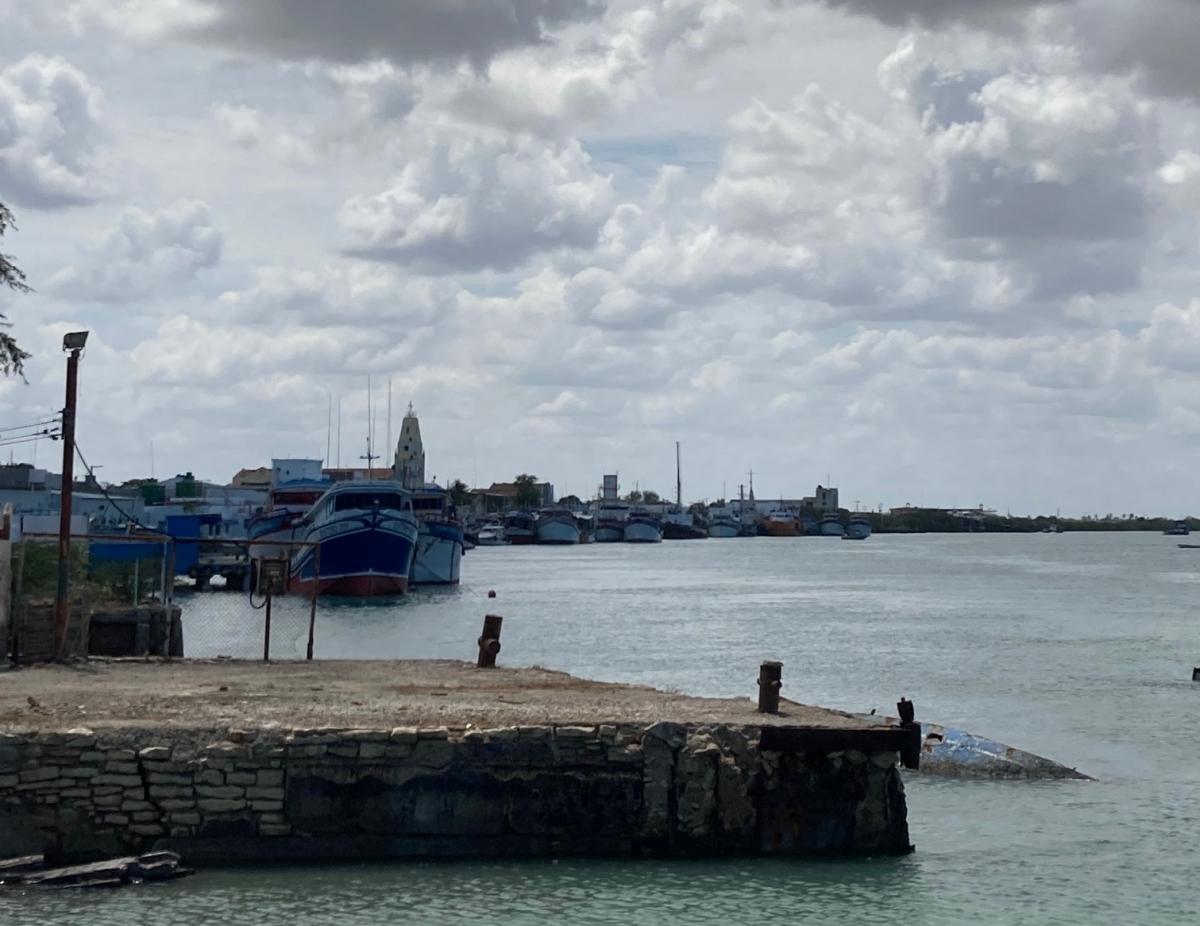
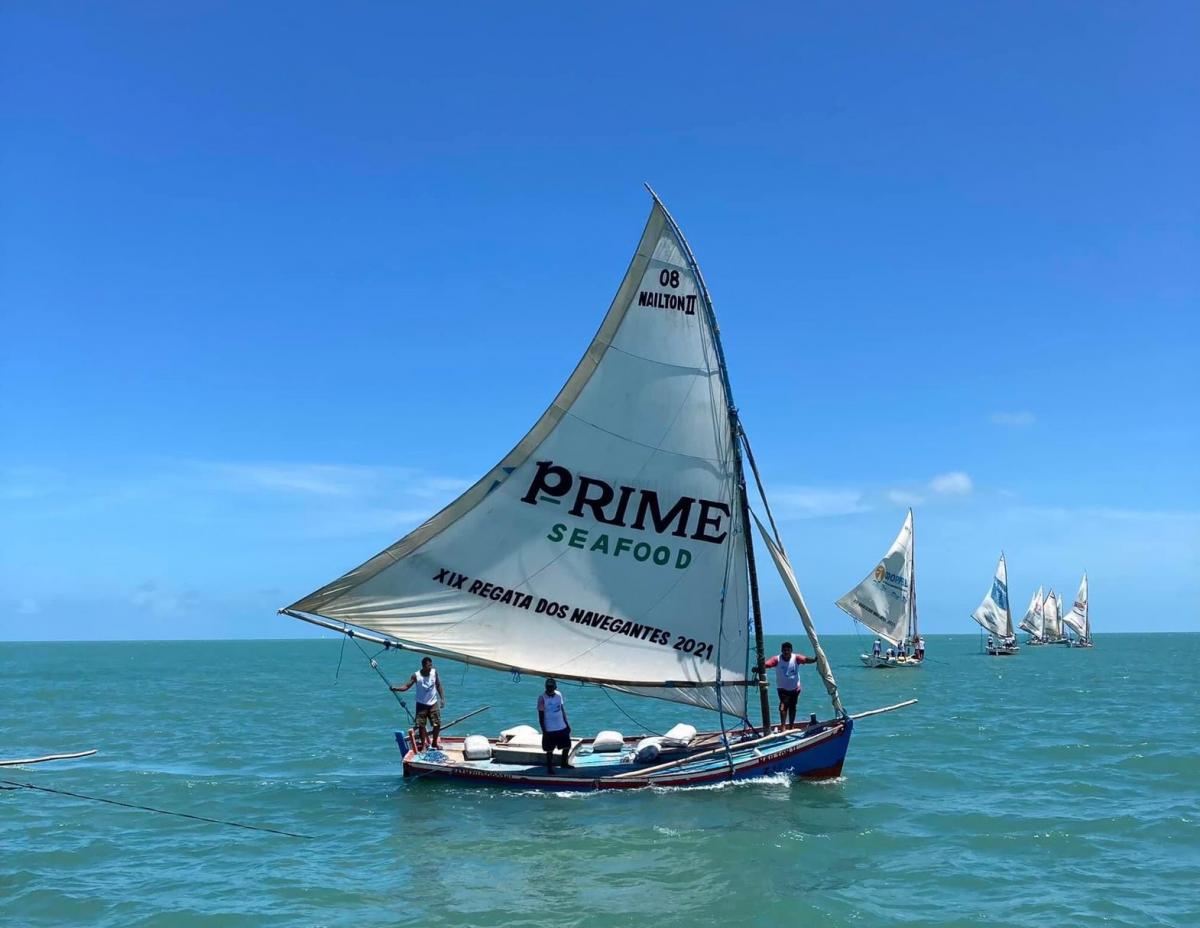

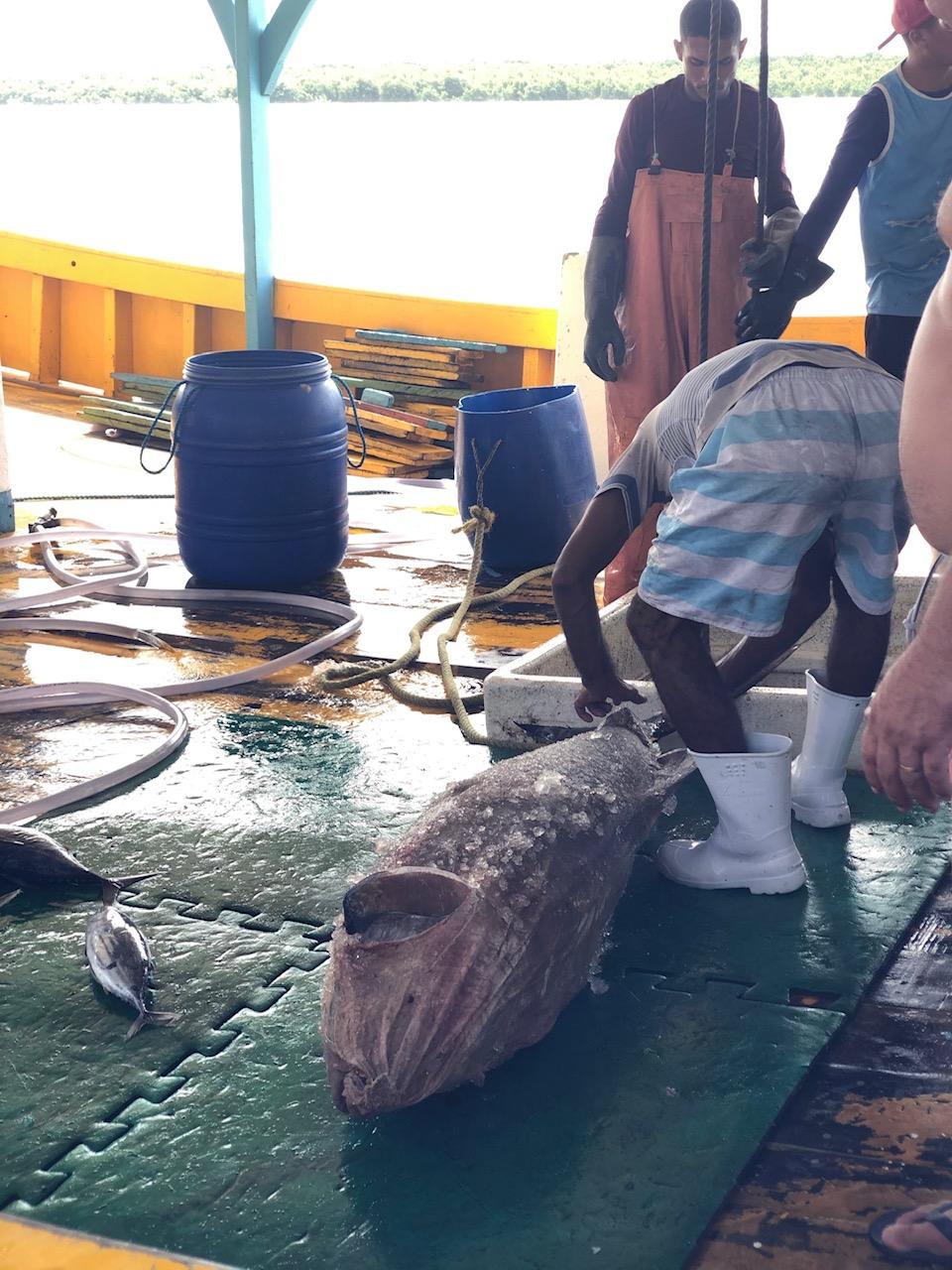
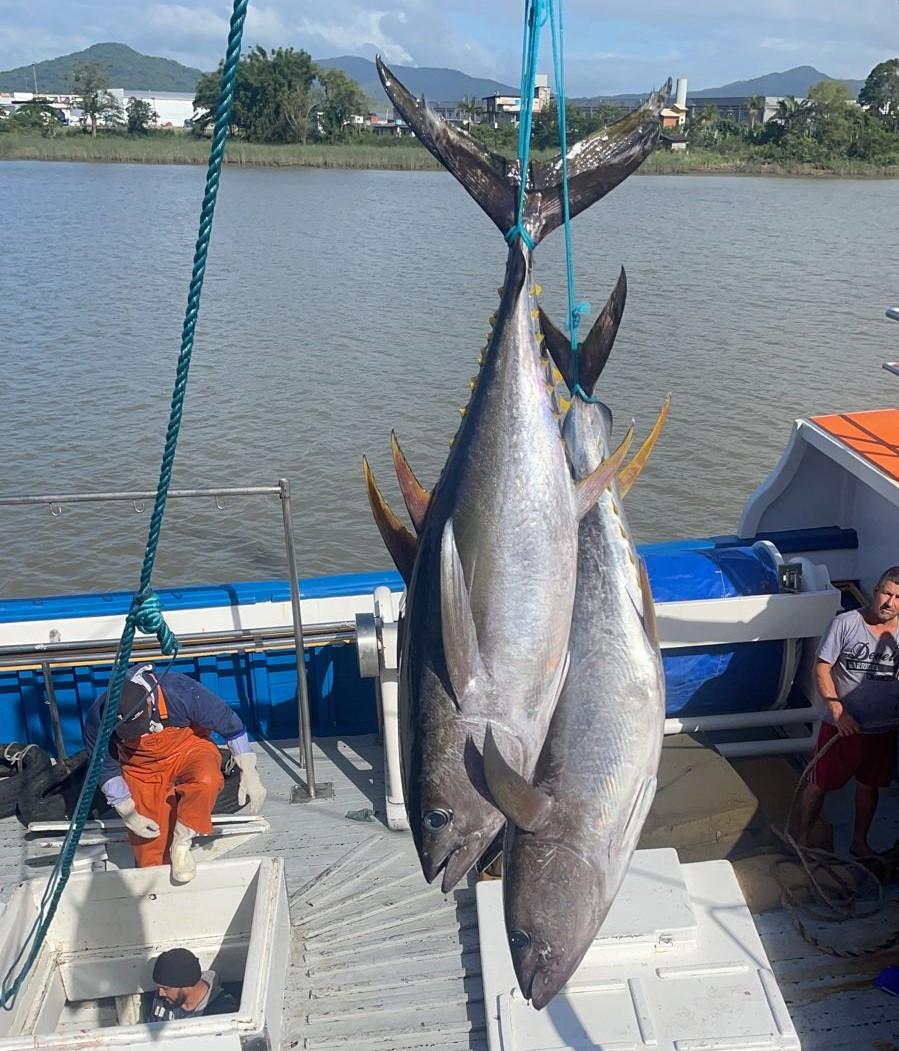
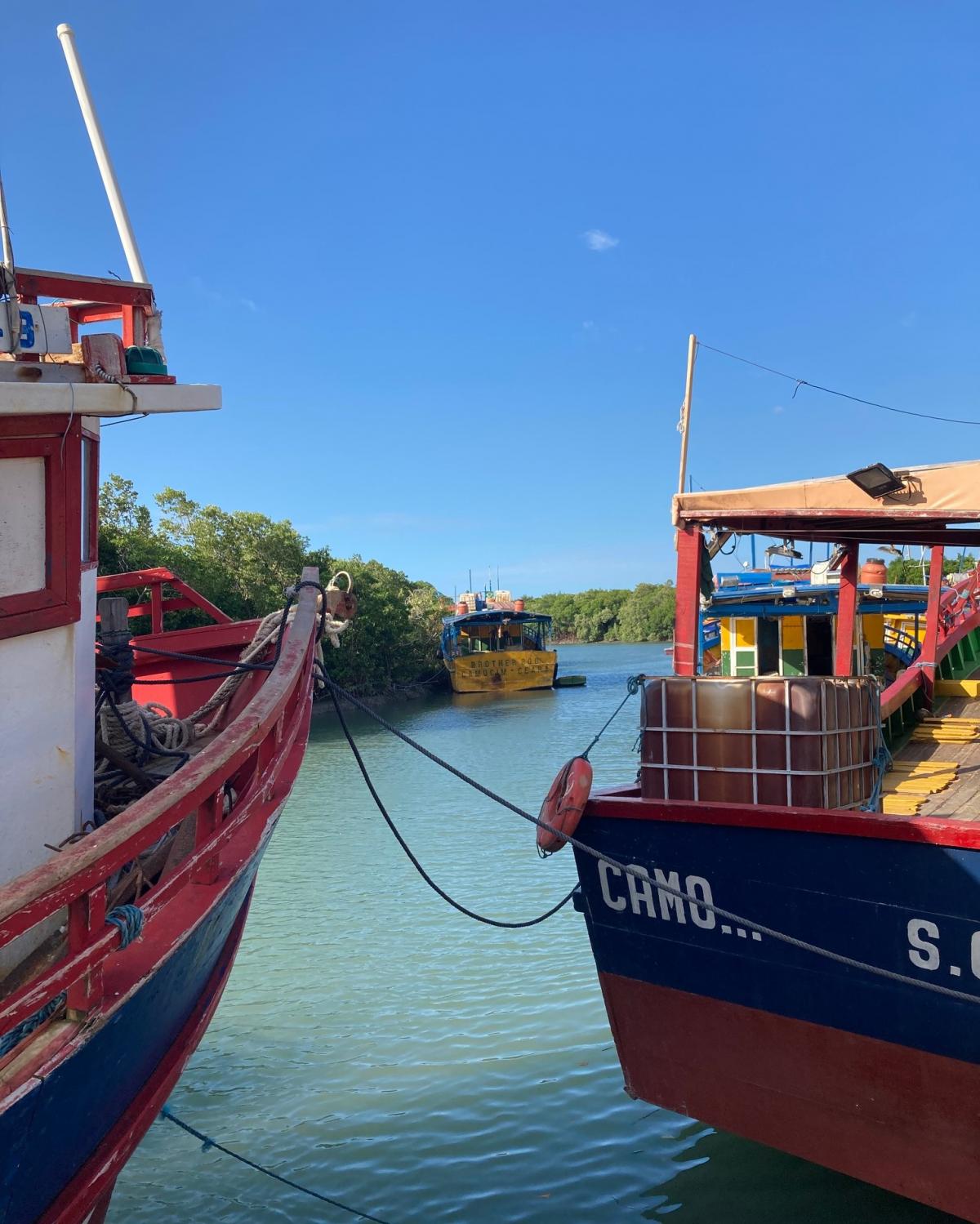
Typical Vessel
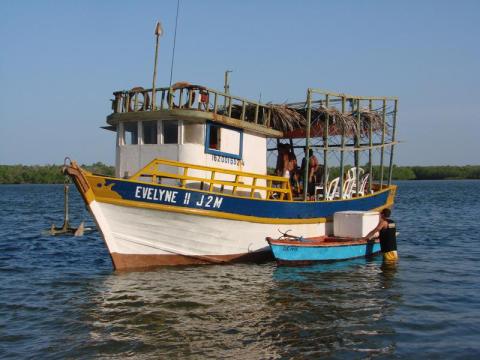
| Item | Value |
|---|---|
| Crew Size | 7 |
| Size Range (m) | 15 |
| Details of Type of Engine | Power engine of 110HP |
| Onboard Cold Storage? | Yes |
Fleet Capacity
-
10993t
- Annual Catch Volume (metric tonnes)
-
50
- Number of Vessels
-
1362
- Local Employment
Target Species
Yellowfin Tuna

Fishing Gear
Handline
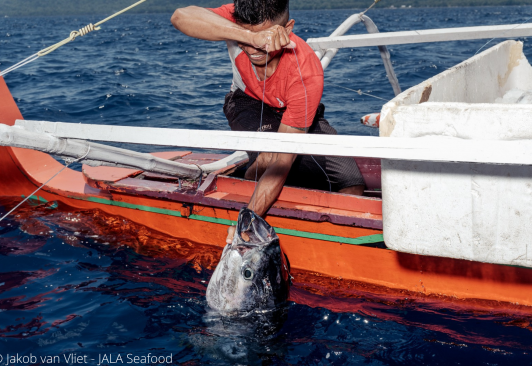
Traceability
Traceability systems are used in food supply chains to track a product from production to consumption. They assist with ensuring that standards and regulations are met throughout the supply chain, which is very important for products that travel across the globe, such as tuna.
Good traceability reduces contamination, disease, and spoilage. In the case of seafood, it also helps to maintain sustainable fish stocks in the oceans so we can keep enjoying tuna for years to come.
Most importantly, traceability provides transparency through the supply chain, allowing all parties including the consumer access to information about the products they are buying.
Open Tuna Initiative
As of May 2021, Brazil fishing vessels can now be tracked on the Open Tuna website, in order to combat some of the long-term ambuigity of Brazilian fisheries. Data entry of fish catch across Brazil has been minimal for the past decade due to difficulties with the transfer of written data to digital. The Open Tuna website has provided an easy way for fisheries to upload observer data, tuna catch data from albacore, yellowfin and bigeye fisheries, as well as disclose bycatch statistics, in order to improve the traceability of these fisheries.
Open Tuna is developed by Global Fishing Watch (GFW), an organisation that promotes traceability and transparency in the fishing supply chain. GFW was set up by Oceana, an international ocean conservation organisation; SkyTruth, experts in using satellite technology to protect the environment; and Google, who provide the tools for processing big data.
Find out more
Regional Fisheries Management Organisation
International Commission for the Conservation of Atlantic Tunas (ICCAT)
Regional fisheries management organisations (RFMOs) are international bodies formed to manage fish stocks in an oceanic area. They include several countries with fisheries operating in that area, and some focus on particular species such as tunas. They are established through international agreements and treaties. RFMOs typically collect fishery statistics, assess fish stock conditions, monitor fishery activity and make fishery management decisions.
The International Commission for the Conservation of Atlantic Tunas (ICCAT) is an RFMO that is responsible for the management of tuna and tuna-like species in the Atlantic Ocean. In 2016 ICCAT celebrated it’s 50th anniversary, and due to the wide range of countries it covers, it is known by 2 other names and acronyms: ‘Commission internationale pour la conservation des thonidés de l'Atlantique’ (CICTA), ‘Comisión Internacional para la Conservación del Atún Atlántico’ (CICAA).
Stock Status Reports
Yellowfin Stock Status
2022-01-01The stock status of a fish species signifies whether a species is 'overexploited', 'fully exploited' or 'underexploited'. Different organisations use different parameters to assign these labels. For example, the Food and Agricultural Organisation of the United Nations (FAO) deems any species to have less than 40% of it’s ‘unfished biomass’ to be overexploited.
The aim of assigning stock status to a species is to ensure that catches are kept at a level where future catches will not be affected, in other words, to maintain a healthy, viable population of fish.
In addition to biomass, spawning potential, catch trend and size-age composition may be used to determine stock status. These are important factors to consider as some species are more resilient than others and have different ecological features. For example, yellowfin tuna have a higher reproduction rate and are typically more resilient than other tuna species.
National Reports
Brazil
2022-07-01National Reports are formal documents from members of the Tuna Regional Fisheries Management Organisation (tRFMO) in question. Each country that falls within the tRFMO must report on the state of their national fisheries in relation to the requirements of that tRFMO. They are normally presented to the annual Scientific Committee meetings by a credentialed head of delegation - considered national scientists. The tRFMO normally prescribes what the report should entail and how it should be structured, which would also include progress on key resolutions on conservation and management measures, and brief the ongoing scientific research of interest to the tRFMO.
